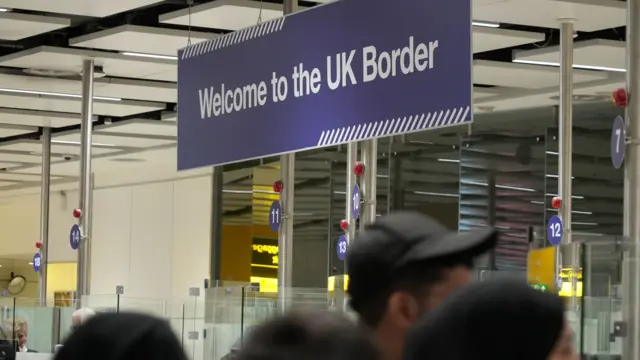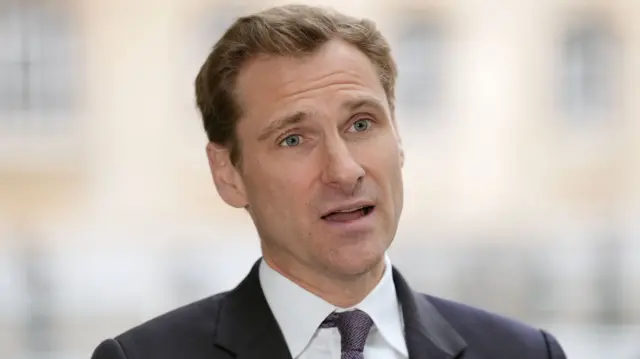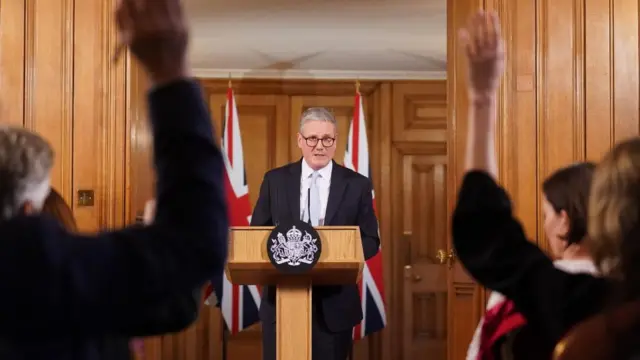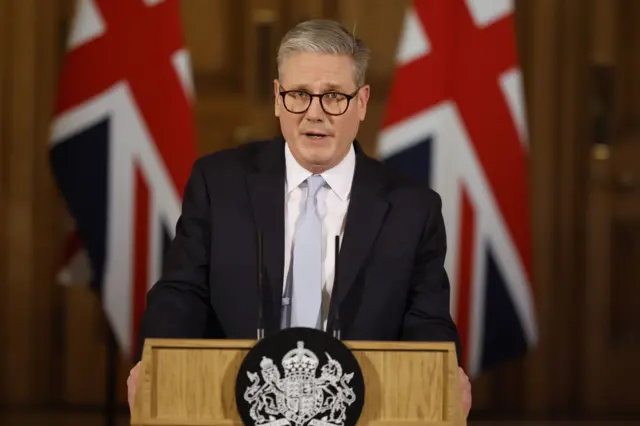Record migration figures as Starmer pledges 'hard graft'published at 17:19 GMT 28 November 2024

The Office for National Statistics (ONS) has published its latest estimate on net migration to the UK.
The figure in the year to June 2024 728,000 - but it was the previous annual figure, revised upwards to a record 906,000, that was the big surprise.
We're ending our live coverage now, but don't go anywhere - there's plenty more on this story across the BBC News website:
- For an at-a-glance digest of the action, we've wrapped up everything you need to know in 200 words
- Want a fuller take? Check out our lead story, which will be updated regularly in our absence
- There's also a handy guide to all the numbers (and there are lots of them)
- To get a sense how things unfolded, you can scroll back through this page
This page was edited by Emily Atkinson, Owen Amos, and Dulcie Lee. It was written by Cachella Smith, Malu Cursino, Adam Goldsmith, Ian Aikman, and Hollie Cole.




